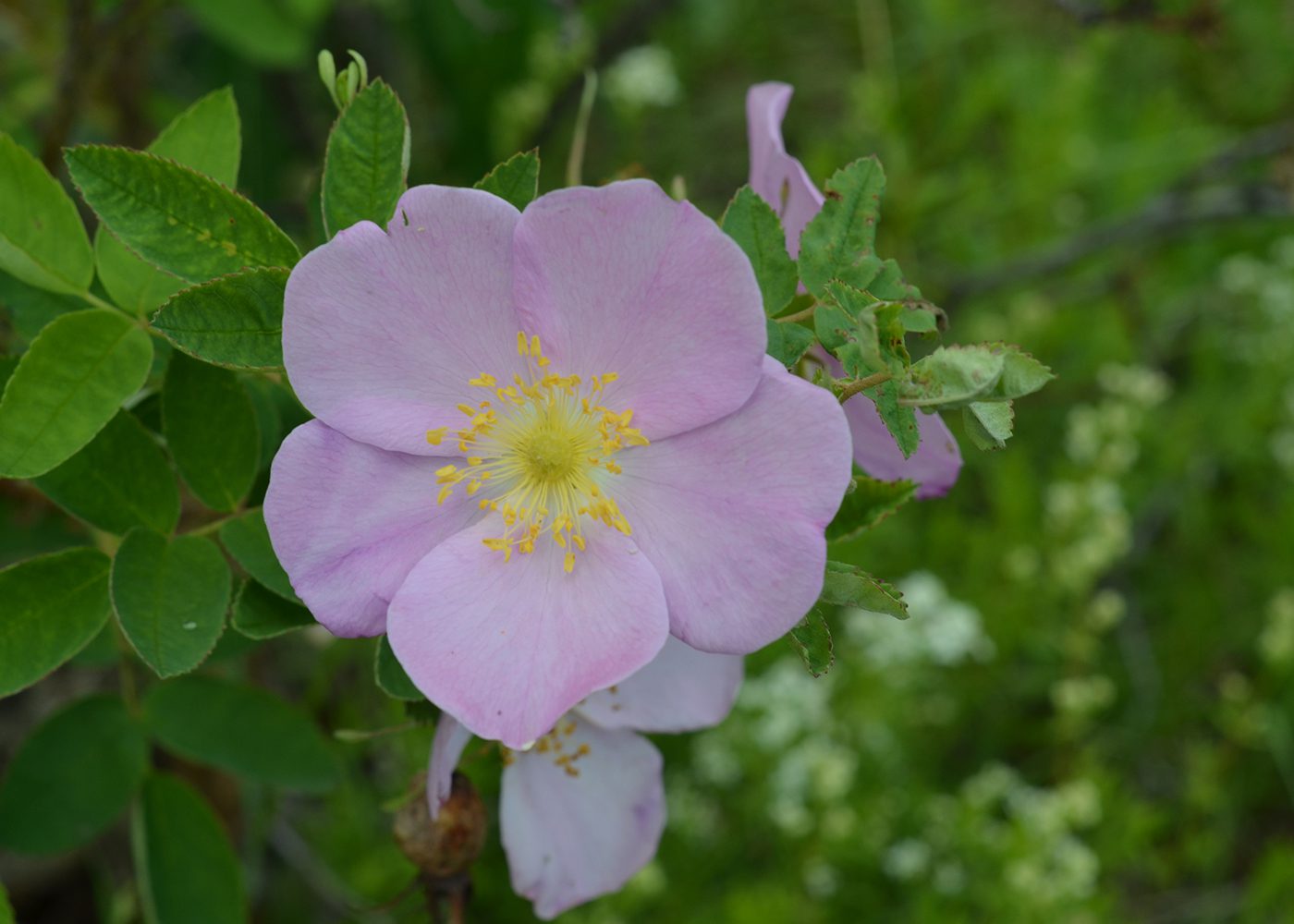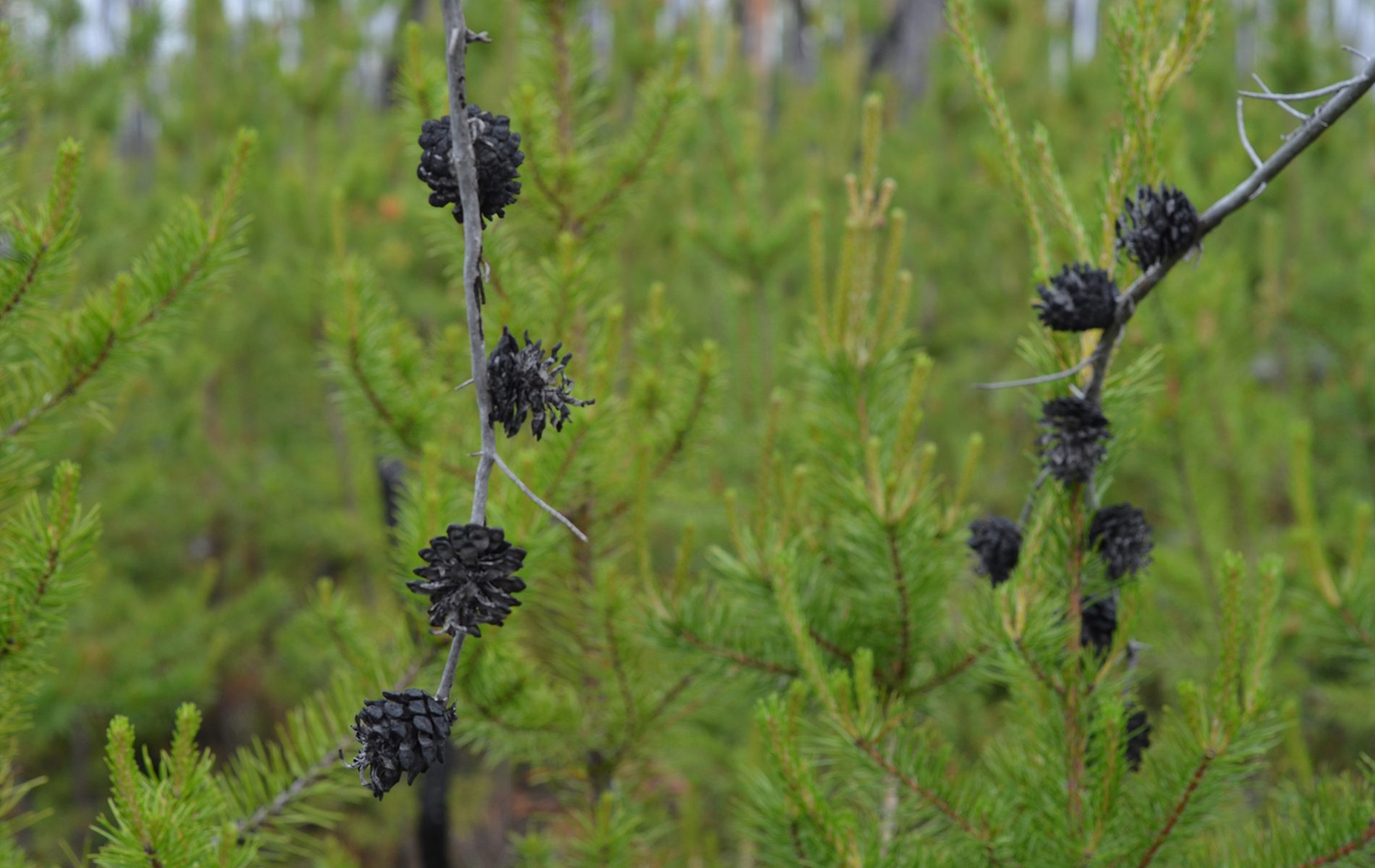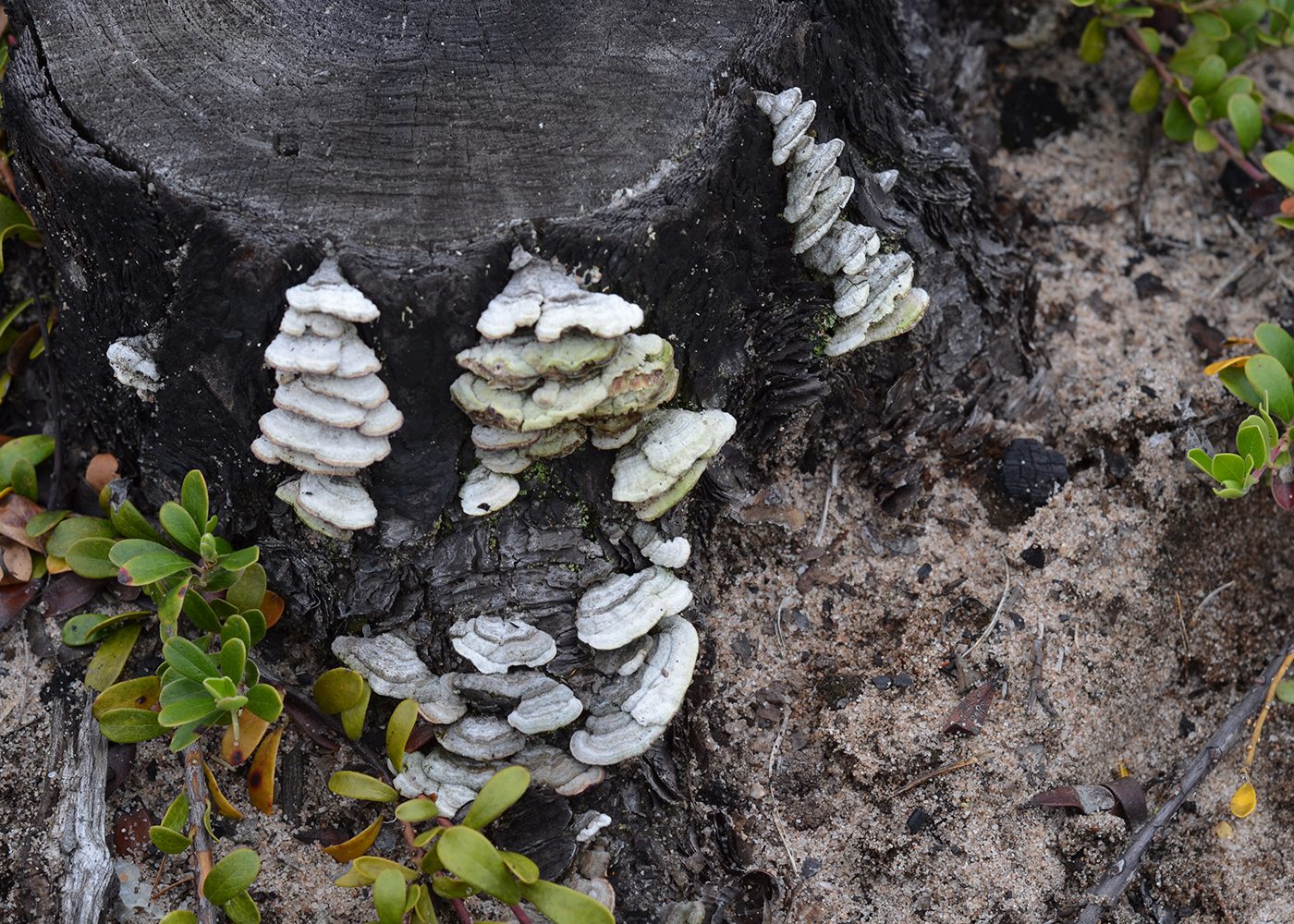The WBEA currently operates 29 permanent ambient air monitoring stations throughout the Regional Municipality of Wood Buffalo (RMWB). These stations include industrial/compliance, attribution, community, background, and meteorological stations.
Types of Air Monitoring Stations
Industrial/Compliance
Monitor ambient air near facilities and fulfill monitoring requirements of Environmental Protection and Enhancement Act (EPEA) approvals, as well as assist with the compliance and achievement of environmental policy and regulatory requirements
Attribution
Fulfill monitoring requirements for specific EPEA approvals and assist with achieving a combination of community and compliance (industrial) monitoring objectives
Community
Measure parameters of concern in communities, and inform the public on the condition of the environment to allow citizens to make informed decisions about their health, as well as assist with the compliance and achievement of environmental policy and regulatory requirements
Background
Also known as Enhanced Deposition Sites, Background stations are far from industrial facilities and communities and measure concentrations of ambient air parameters
Meteorological
Provides information for ambient meteorological conditions (e.g., temperature, relative humidity, and wind speed and direction) and supports ambient air quality modelling





